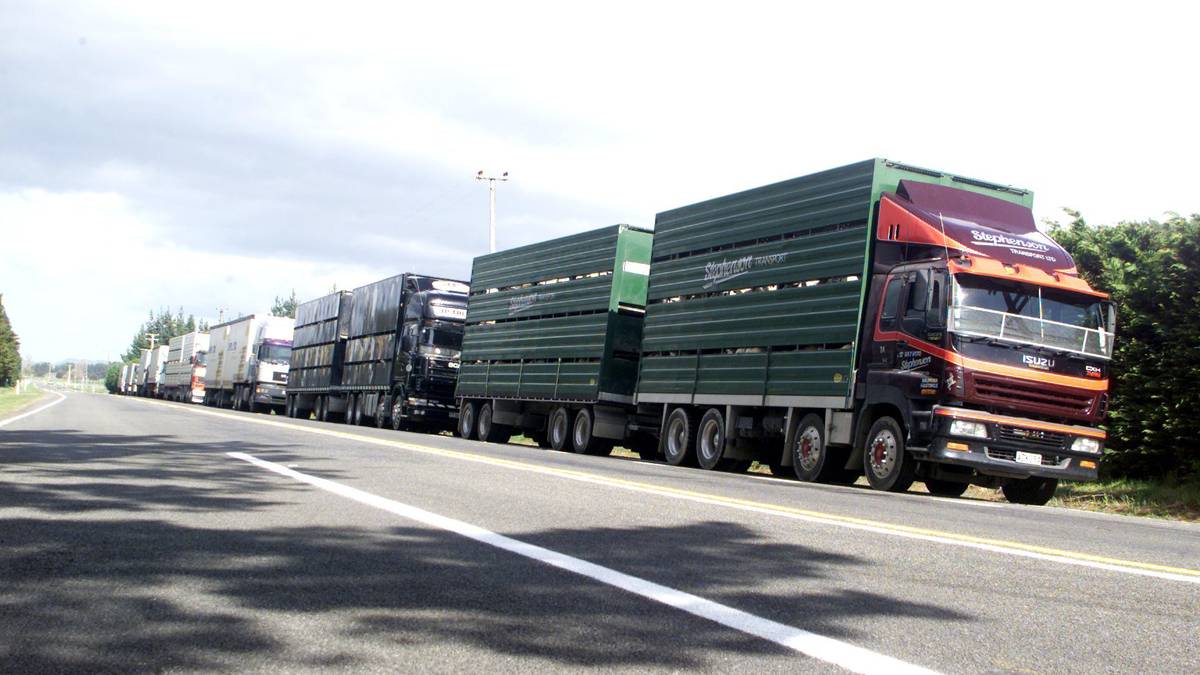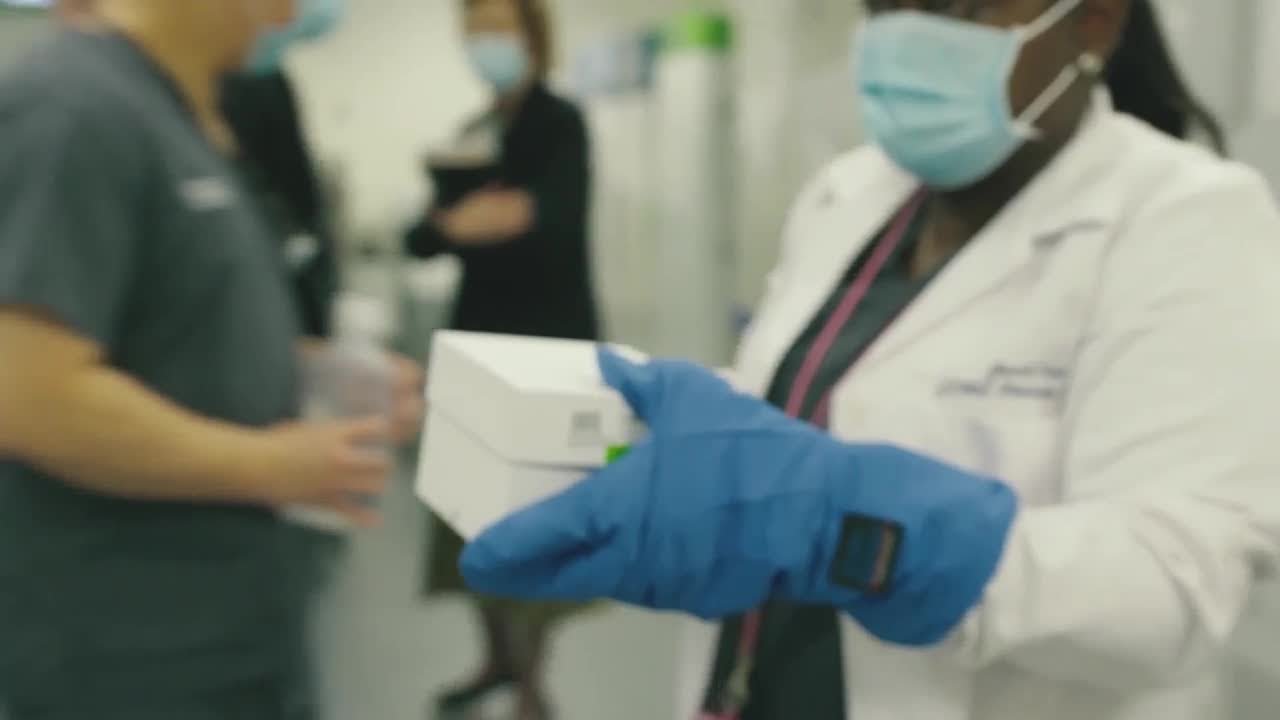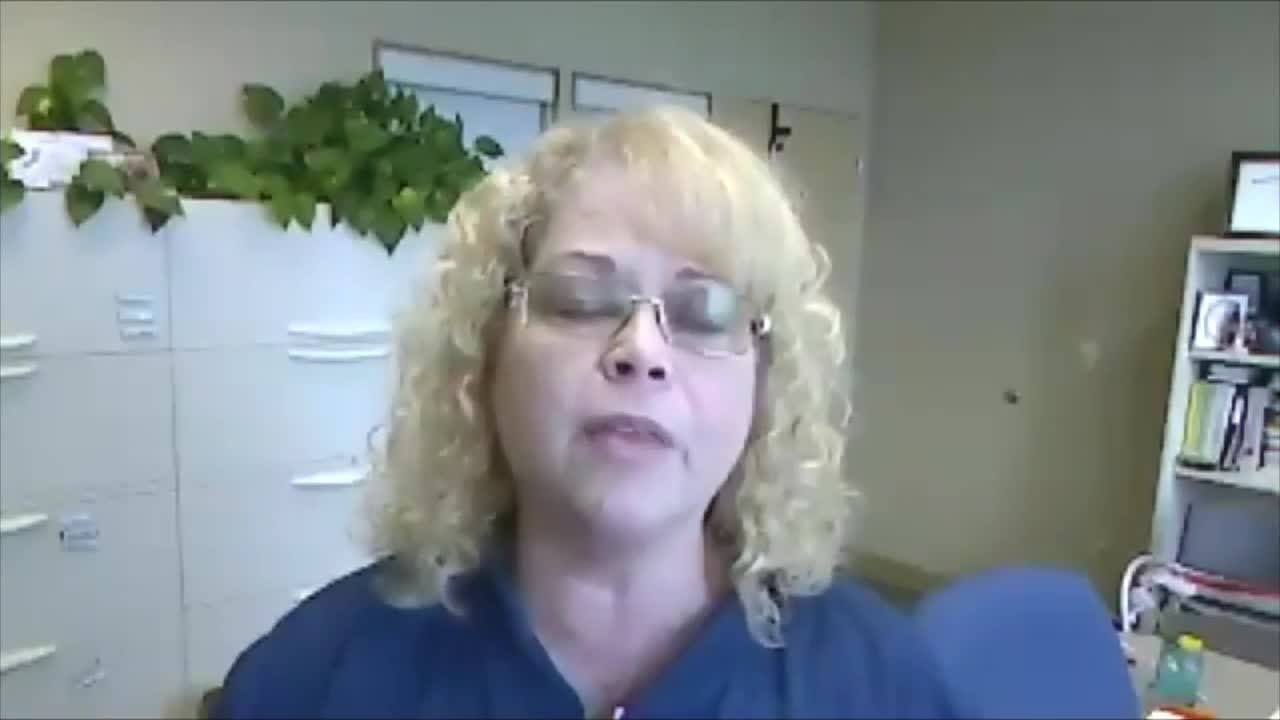Managing stock effluent on roads is a challenge Northland has risen to. Photo / NZME
OPINION
There is one factor about the Northland State Highway system that we are the best in the country at and that’s our comprehensive stock effluent disposal system.
I am sure that statement will evoke some derisory comments but it is nice to write something positive about our state highways which is different from potholes, skid resistance and insufficient funding to properly maintain our roads.
However, in following a dribbling stock truck through a major city intersection recently and identifying that Steve Westgate had been recognised as a Whangārei Civic Award recipient, this issue of about 15 years ago was brought back into my focus.
We have just been through a very wet winter and the spring grass is pretty soft so it’s natural that cattle are squirting.
When you combine loose bowelled cattle on stock trucks, being carted long distances, with the persistent heavy rains that fill up a truck’s effluent tanks, then it is not surprising that we have the occasional spill before the driver can get to a dump site.
Any motorist who has followed a stock truck up a long hill and had their windscreen splashed, any motorcyclist leaning into a bend and suddenly coming across a trail of green muck, and any pedestrian who has been splashed, will know that stock effluent spilled on highways creates a nuisance, a danger, and an environmental issue.
About 15 years ago, the Northland Regional Council’s regional transport committee decided to do something about it.
They established a working group under the chairmanship of Steve Westgate, a committee member representing environmental issues and AA district councillor, to sort through the issues.
The main causes of the problem were farmers not standing cattle long enough before trucking; cattle being shifted over long distances; insufficient or lack of effluent storage on trucks; and drivers dumping loads on laybys, metal roads or just opening the taps as they drove along.
But the real issue in Northland boiled down to a lack of properly constructed, well sited and properly maintained stock effluent disposal sites that gave drivers an opportunity to dump their load.
These sites needed to be next to or close to the state highways. They needed to have sufficient area for a truck and trailer to be able to easily manoeuvre and they needed a local authority or organisation, to take responsibility for maintaining and emptying them.
The numbers involved can be significant. A truck and trailer’s tanks are around 200L each. The effluent disposal tank maybe 20-25m3, almost the size of an average rural household water tank. They need to be emptied according to usage.
You can imagine the demand on Gypsy Day, June 1, with hundreds of thousands of dairy cows being transported around the country and the effluent they create at that time of year!
Westgate engaged the support of NZTA, local carriers, local authorities, stock and station agents, Federated Farmers, and the meat processing companies to sort out the problem.
NZTA agreed to fund construction and roadside works, and local authorities agreed to maintain them.
A site at Pakaraka was identified, consented to, built and commissioned in 2011. At the same time, a private operator’s site at Dargaville was upgraded generously to accommodate other operators’ trucks.
A new site was developed in association with Kauri sale yards in 2013 and Wellsford sale yards were already underway but upgraded in 2009.
As well, stock trucks carting to processing works at Moerewa and Dargaville were able to empty out at these works.




